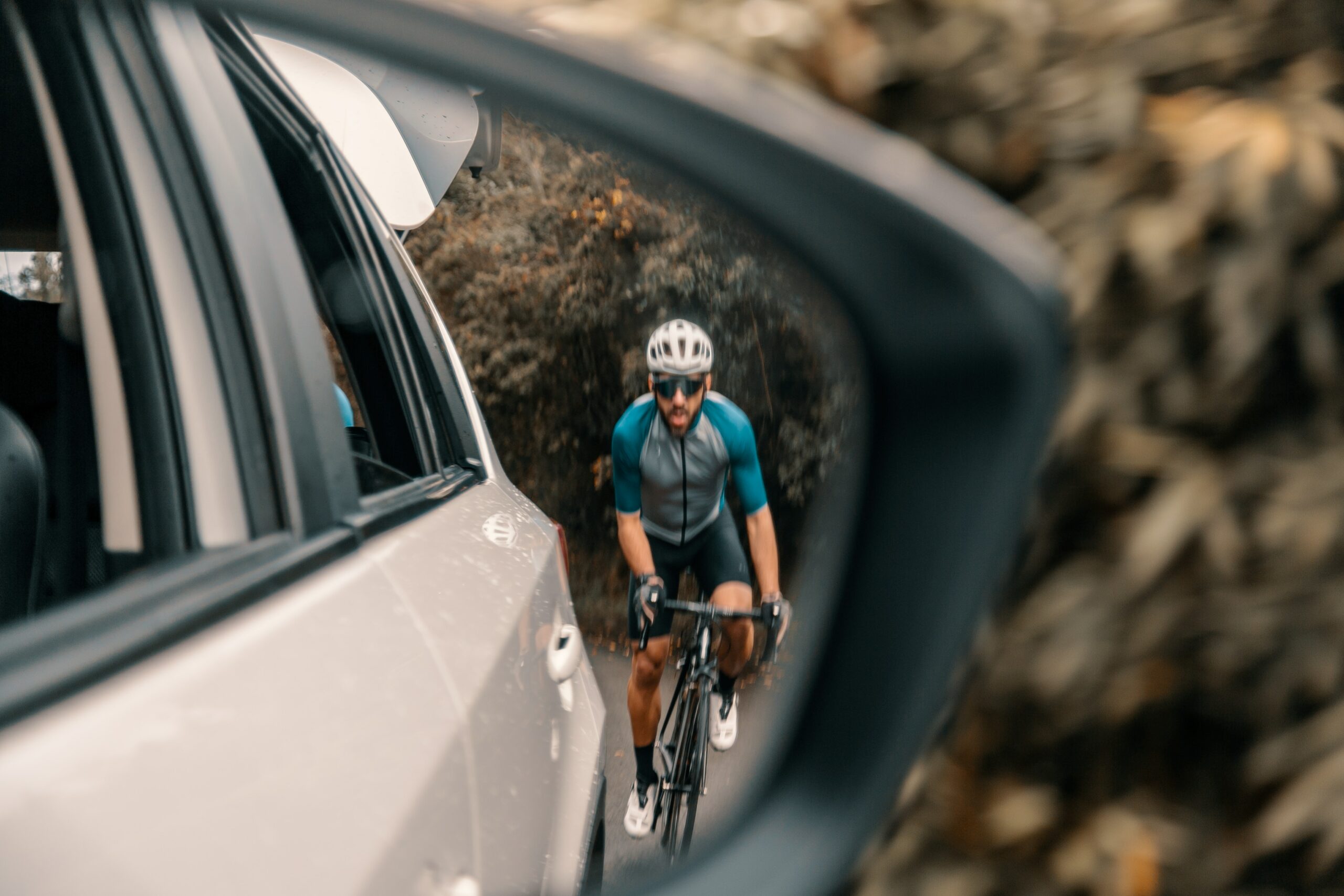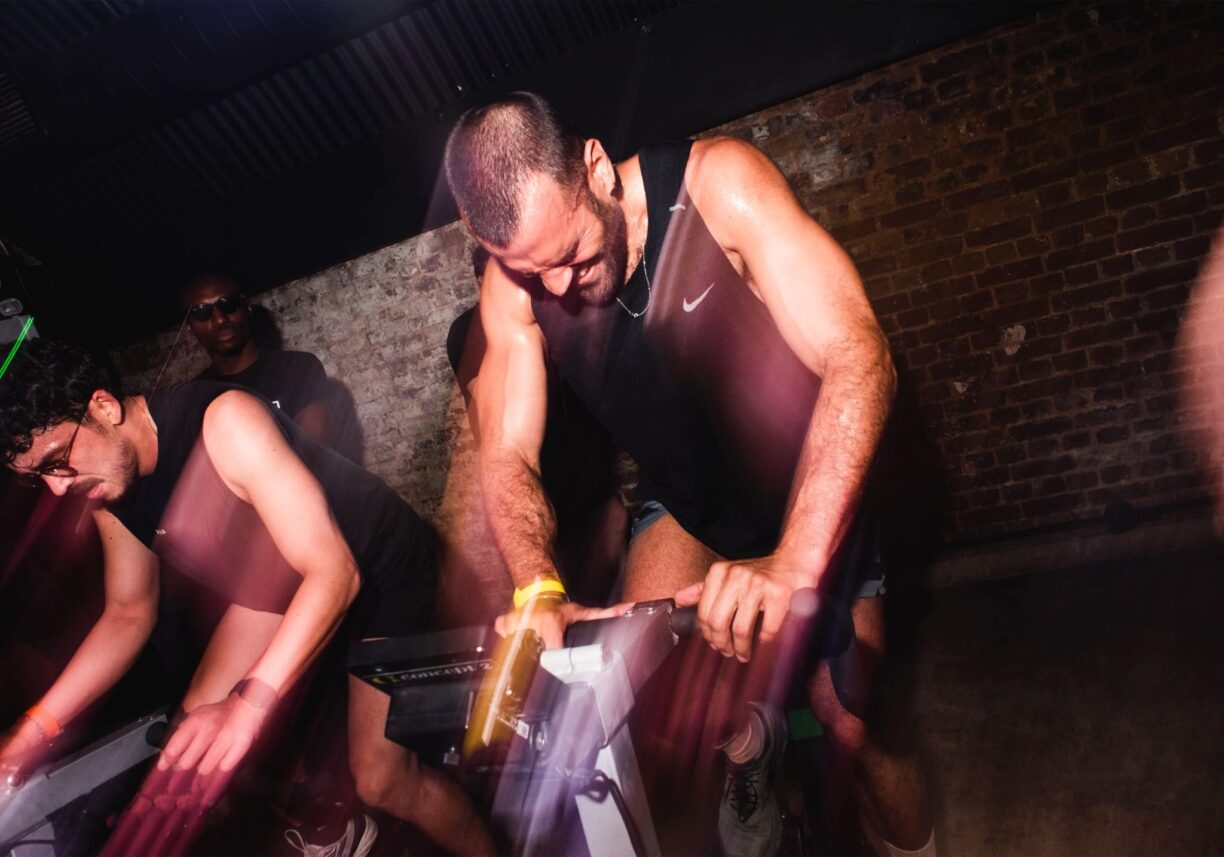Cycling experienced a remarkable surge in popularity in the UK amid England’s third national lockdown, as more individuals sought to engage in daily exercise by taking to the roads.
This biking revolution in 2020 coincided with the COVID-19 lockdown restrictions, attracting numerous novice cyclists who sought solace beyond the confines of their homes.
In the year leading up to September 2020, Google recorded over 3,000,000 average monthly searches for bike-related terms, reaching its peak in May 2020 with 7,792,380 searches conducted.
As the number of cyclists sharing the roads with motorists continues to rise, it becomes increasingly crucial to comprehend the rules and regulations governing road usage.
Whether you familiarized yourself with the Highway Code in preparation for a driving test or reviewed it before embarking on your first bike ride, staying updated on any code revisions can ensure your safe arrival at your destination while promoting the well-being of fellow road users.
In this article, I shed light on common misconceptions regarding road rules, rectifying the knowledge gaps you may have.
Cyclists: Complying with the Highway Code
The Highway Code, first published in 1931, still serves as the authoritative document outlining road laws after 80 years. Although the code provides guidelines for road use, not all its provisions are legally binding.
Certain codes are expressed as “musts,” making any violation a criminal offence, while advisory terms often describe actions you “should or should not” undertake.
So, what are the “musts” for cyclists?
Lights
Between sunset and sunrise, cyclists are legally obligated to have clean and properly functioning lights on both the front and rear of their bicycles.
The use of headlights by motorists instead of sidelights follows the same schedule, as indicated by official sunset and sunrise times.
According to the Road Vehicle Lighting Regulations, a white light should be mounted on the front of the bike, while a red light, which can be flashing, must be attached to the rear. It is not permissible for any light to be obscured by a bag or coat.
Although cyclists are not legally liable for cycling without lights on push bikes or electric bikes during the day in reduced visibility conditions, it is strongly advised against.
Alcohol and Drugs
Drinking and cycling can lead to fines of up to £1,000, and cyclists who are stopped for “cycling while under the influence of drink or drugs” and are deemed to have been cycling dangerously may face penalties of up to £2,500.
While no breathalyzer, blood, or urine tests are conducted, and cyclists do not risk losing their driving license, they can still be held accountable for their actions.
Careless and Furious Cycling
Fines can be issued for careless cycling, with amounts up to £1,000, and for dangerous cycling, fines can reach £2,500.
Careless cycling refers to a level of cycling that falls below that of a competent and careful cyclist, while dangerous cycling significantly deviates from those standards, posing a risk of injury to other road users.
While “furious cycling” might sound like a term describing cyclists with road rage, it has actually been part of legislation since 1861 and applies to drivers of vehicles or carriages who cause bodily harm to others through wanton or furious driving.
Similar to careless cycling, fines of up to £1,000 can be imposed for cycling furiously. However, it’s important to note that speeding offences are specifically legislated for motor vehicles, and cyclists cannot be prosecuted for speeding while cycling.
Red Lights
Both motorists and cyclists are expected to stop when traffic lights turn red. Crossing the stop line when the lights are red constitutes an offence and may result in a £50 fixed penalty notice.
When an advanced stop line is present, cyclists must also adhere to the same guidelines, and any violation of that line may lead to a £50 fine. It is also an offence to ride through an amber light unless doing so would likely cause a collision.
Cycling on the Pavement
While the Highway Code does not directly legislate for cycling on pavements, it states that driving a carriage on “any footpath or causeway by the side of any road made or set apart for the use or accommodation of foot passengers” is an offence.
These rules apply to both adults and children, but children under 10 (under eight in Scotland) cannot be prosecuted due to being under the age of criminal responsibility.
Motorists: Complying with the Highway Code
Considering that the Highway Code encompasses over 150 pages of regulations, it’s understandable that road users may not remember all the details, particularly if it has been a while since passing their driving tests. It is essential to stay updated on any revisions to the code to refresh your knowledge.
Middle Lane Hogging
Unnecessary occupation of the middle lane can result in on-the-spot fines and three penalty points. This penalty is equivalent to those for tailgating or consuming food or drink while driving, but only if officers perceive you to have been driving without due care and attention.
Rule 264 advises that you should always drive in the left-hand lane when the road ahead is clear, and driving carelessly is the primary issue that can land you in trouble.
Driving Too Slowly
While maximum speed limits for different types of roads are widely known, it is often forgotten that driving too slowly can also be dangerous.
If you are driving at a speed that endangers other road users, you can face a £100 fine and three penalty points. If officers determine that you have been driving without due care and attention and take the case to court, the fine could increase to £5,000 and nine penalty points.
Speed Camera Awareness
Warning fellow road users about speed cameras by flashing their lights is actually against the law. If you intentionally obstruct a police officer in the execution of their duty, you could face a fine of up to £1,000.
Snow on Your Roof
Clearing your car from snowfall is mandated by the Highway Code. It is illegal to begin a journey with snow on top of your vehicle due to the hazards it presents to yourself and others on the road.
If the snow falls forward onto your windscreen as it melts, it can obstruct your view. Additionally, a chunk of snow coming off your car at 60mph can impede those following behind you.
Failing to demonstrate due consideration or driving a vehicle in a dangerous condition may result in fines and three penalty points.
Beyond the Legislation
While the laws are clear, some advice provided in the Highway Code may be subject to interpretation, leading to gray areas and a lack of definitive regulations. Let’s explore a couple of examples.
Cycling Two Abreast
The Highway Code does not include specific laws governing riding two or three abreast. Rule 66 advises against riding more than two abreast, using “should” as an advisory term.
While this means it is not illegal, displaying a lack of consideration or due care toward other road users could be used as evidence in a prosecution.
Cyclists often ride two abreast for safety reasons, as it enhances visibility for motorists. However, some drivers mistakenly believe that cyclists should remain in single file to avoid inconveniencing motorists, forgetting that both motorists and cyclists have equal rights to use the road.
Helmets and Hi-Viz Attire
According to the Highway Code, cyclists should wear helmets and hi-viz clothing that conforms to current road regulations.
While helmets have been a matter of personal choice, previous pressures to wear them have discouraged people from cycling, which contradicts the government’s goal of promoting cycling to reduce carbon emissions.
Rule 59 advises cyclists to wear light-coloured or fluorescent clothes during the day and “reflective clothing and/or accessories” at night to enhance visibility.
However, the media often emphasizes the use or lack of hi-viz clothing in road traffic collision reports, attributing liability in accidents.
Cyclists argue that Rule 59 unfairly places responsibility on them, without holding car manufacturers accountable for producing vehicles in darker colors that are more challenging to see at night.
Whether you are a cyclist or a motorist, prioritizing the safe arrival at your intended destination should be paramount. The road is meant to be shared by all, and while frustrations may arise from cycling and motoring transgressions, understanding the rules and practising patience are crucial to lawful and harmonious journeys.
Respect the road and your fellow road users to increase the likelihood of staying on the right side of the law!





